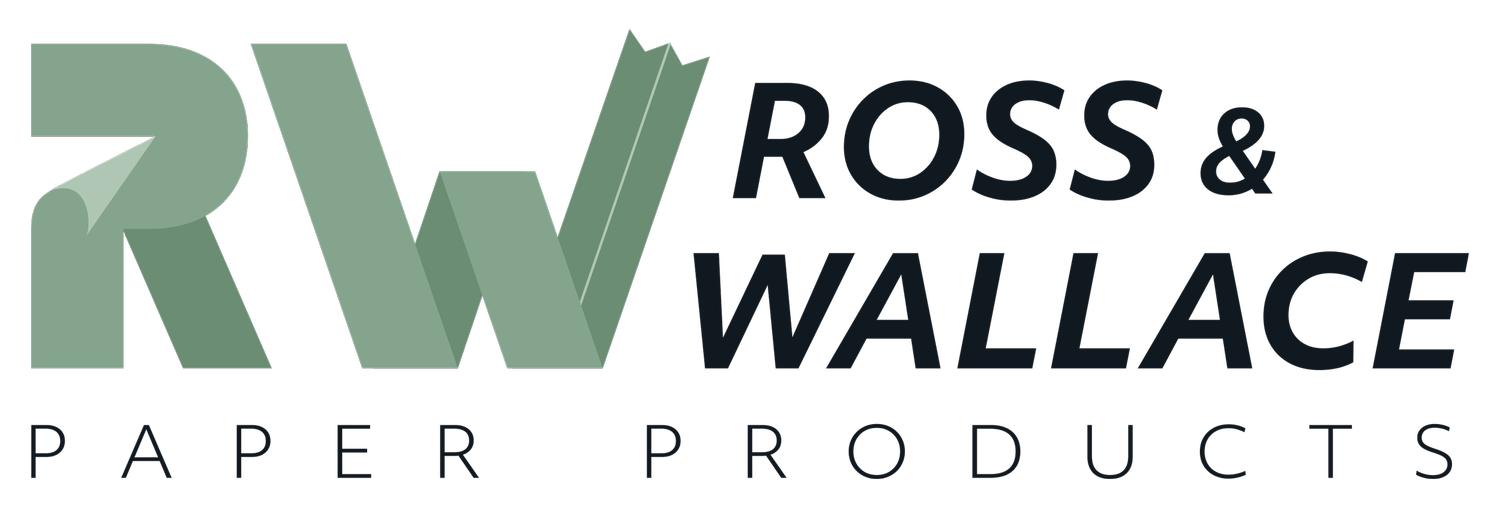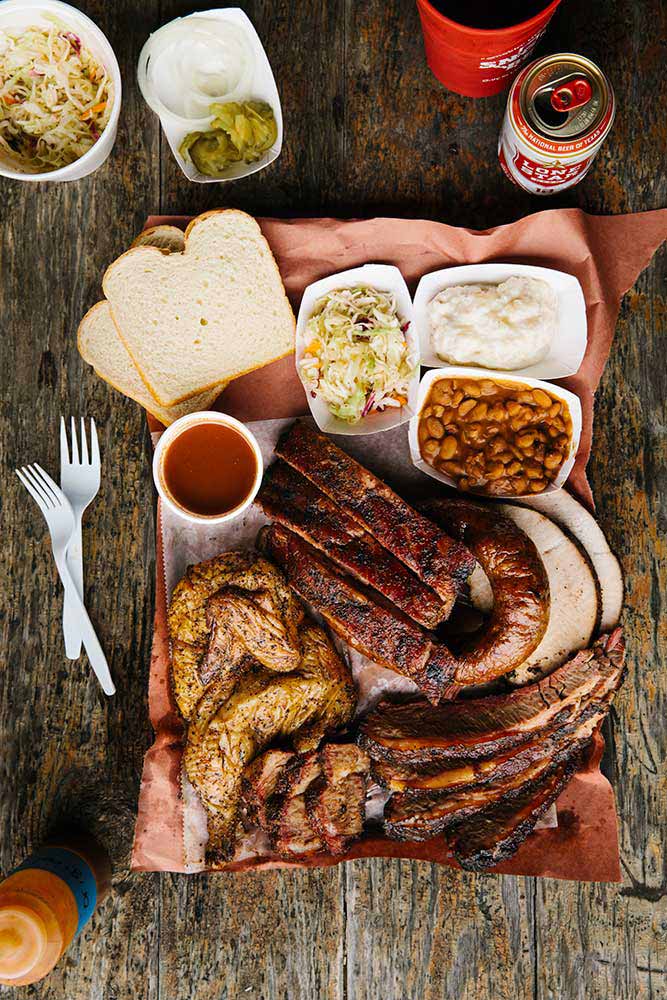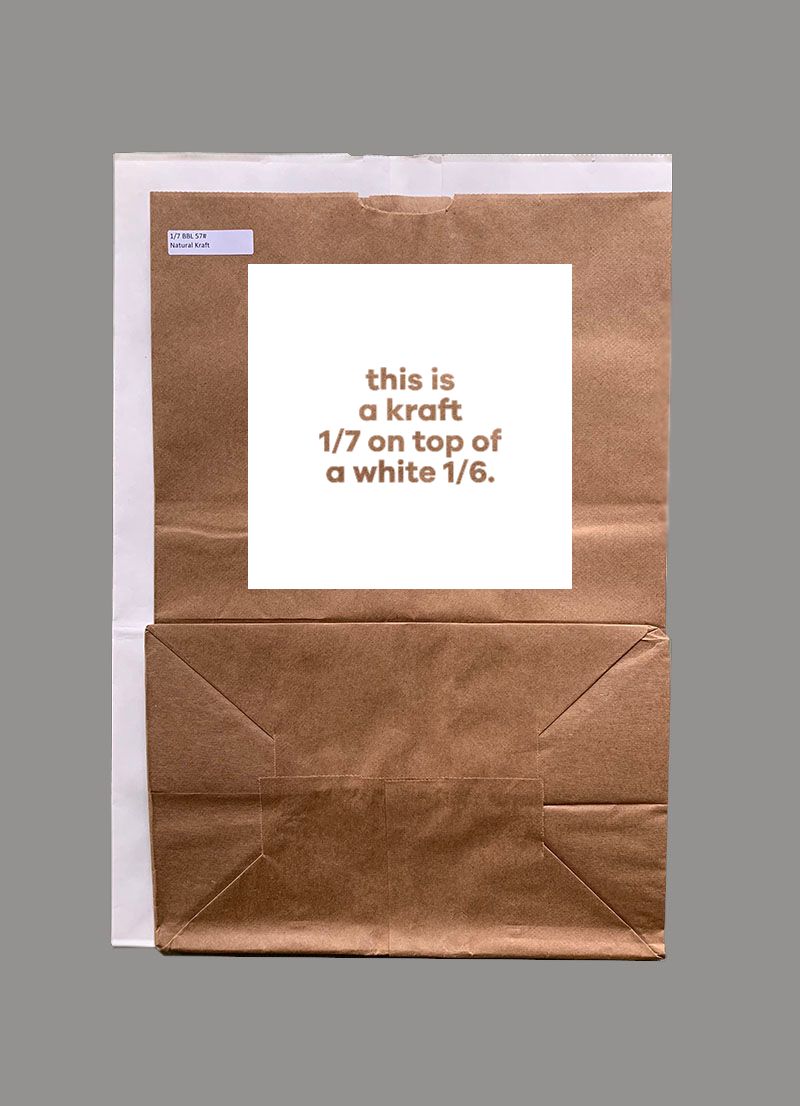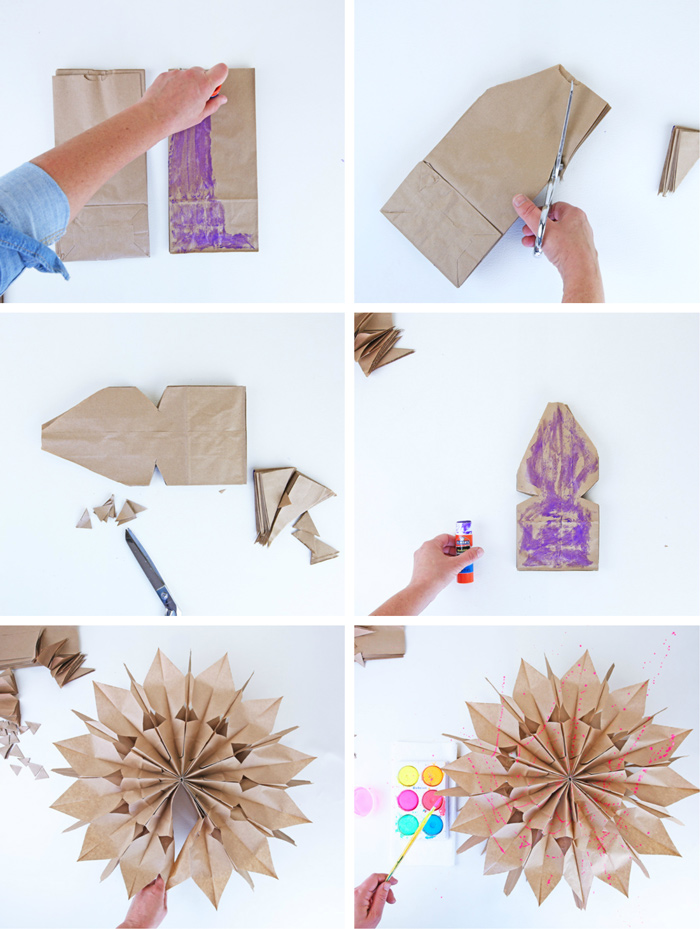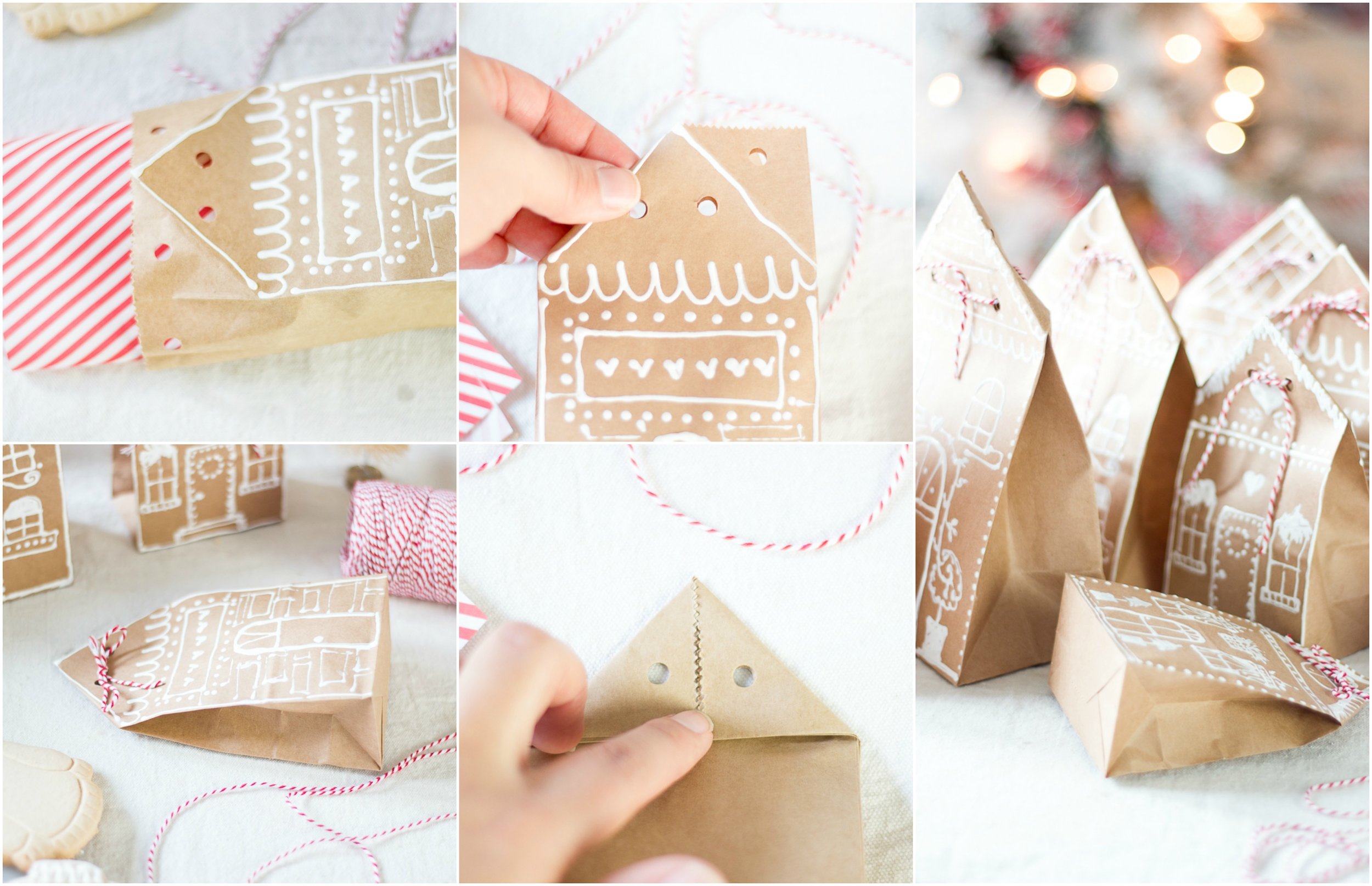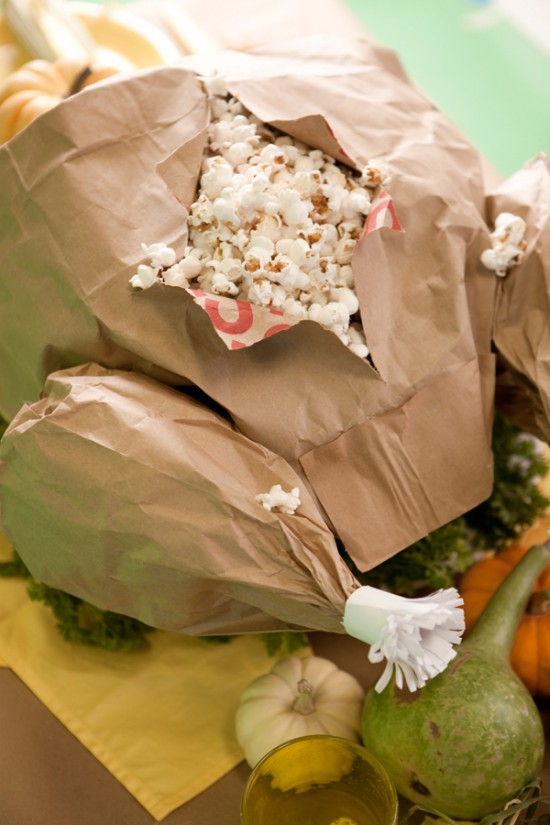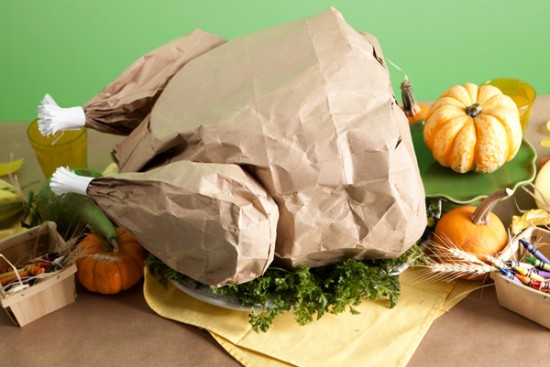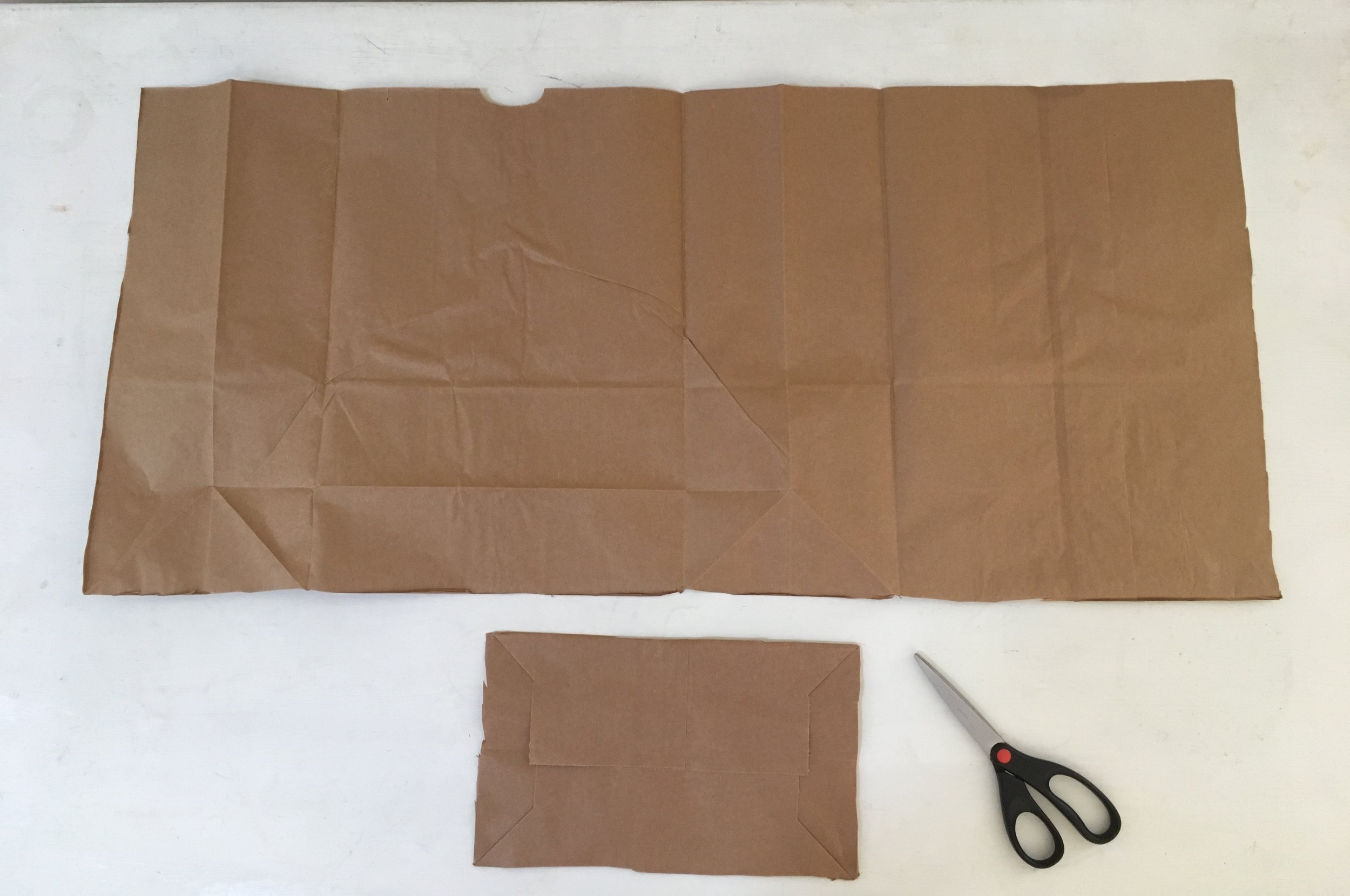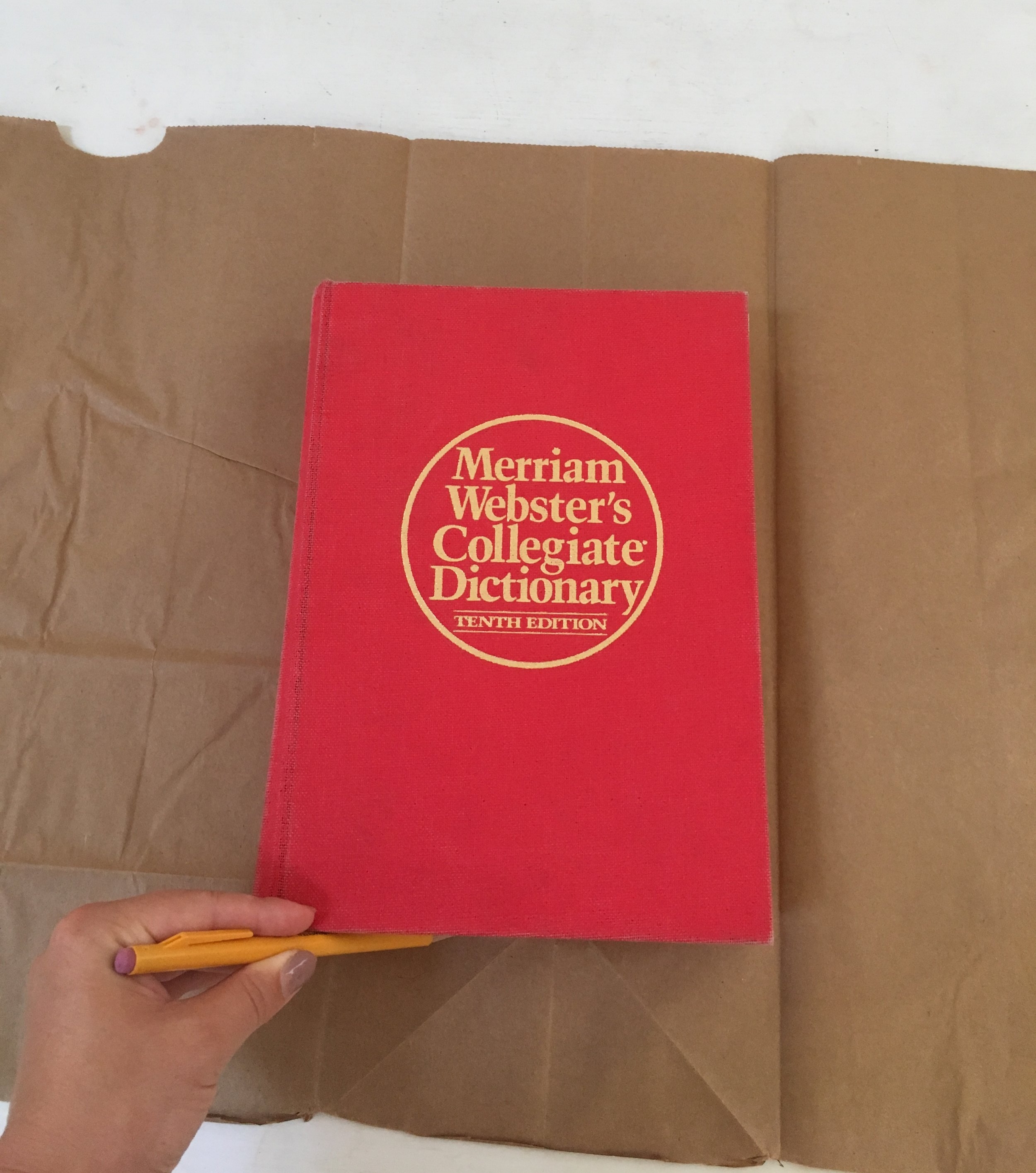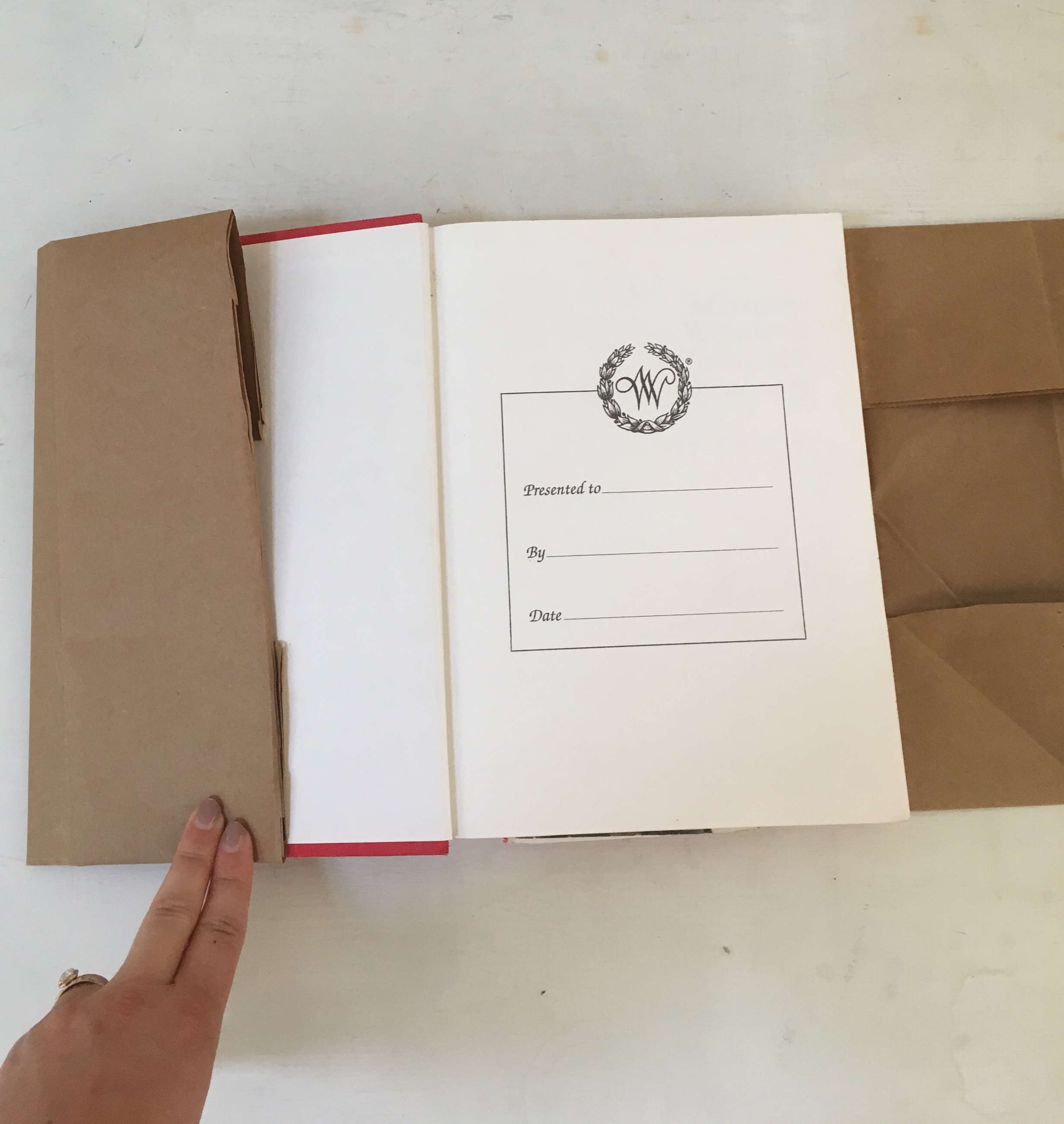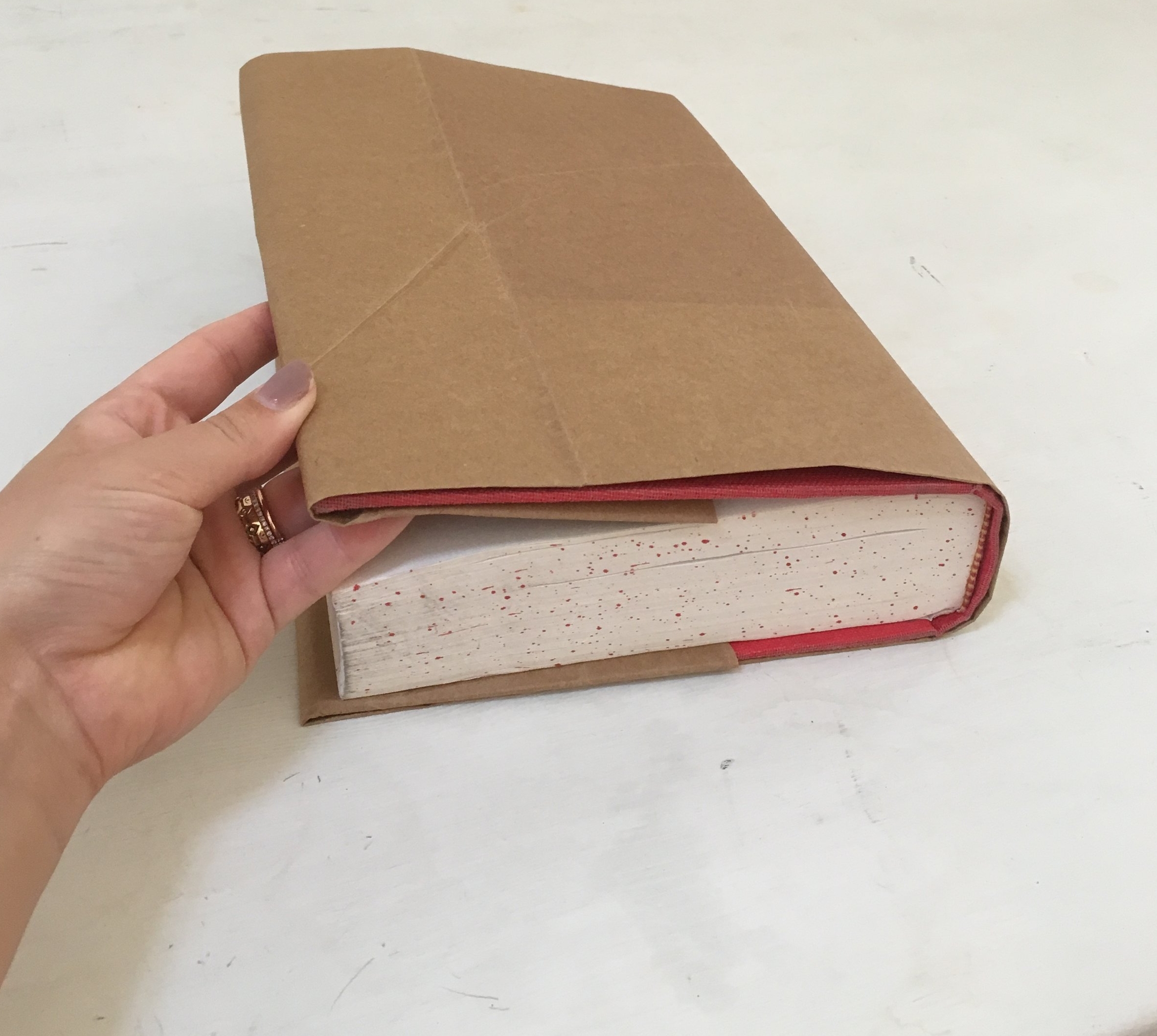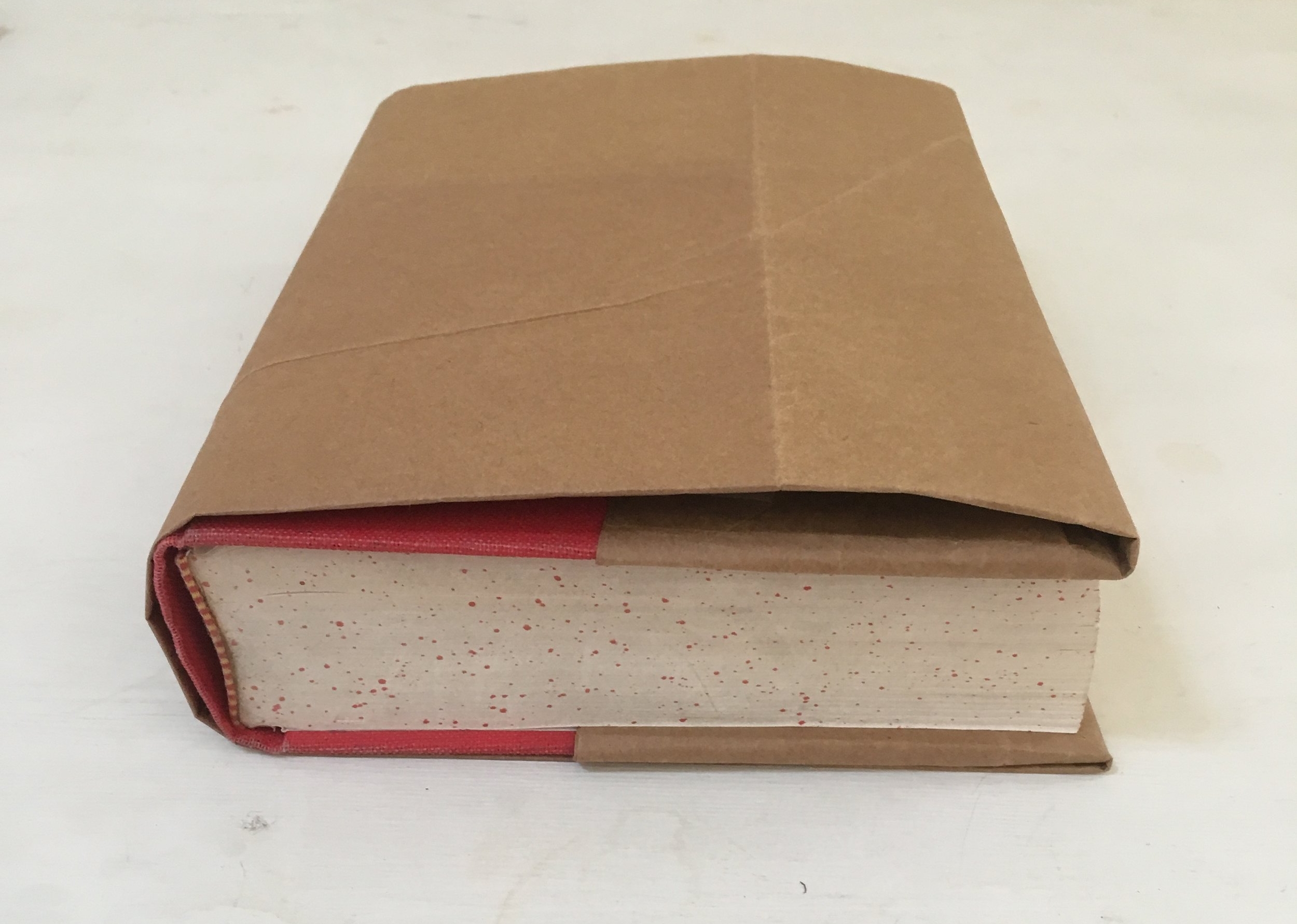Ken Ross, President and CEO, Ross & Wallace Paper Products Inc.
It is not difficult to see just how much the Covid-19 virus has impacted all of our communities. A quick trip to the grocery store surely looks different these days with citizens going about their essential shopping with a face mask and constant sanitizing. I do not think any of us could foresee a situation quite like this. We hope and pray that this is a once in a lifetime situation.
Louisiana, where we are headquartered, has been under a stay at home order since March 23, 2020. Ross & Wallace falls under several categories as an essential business as defined by the State of Louisiana, but perhaps the most important is how our products are utilized in the grocery and food service supply chain. We have remained open and committed to our contribution to the national supply chain to ensure that schools, grocery stores, delivery companies, and take-away restaurants are able to package their products in a safe and environmentally responsible manner. We have even learned that some medical facilities are using white and natural kraft paper bags to sort N95 respirators for decontamination.
It would be impossible to keep our doors open without our dedicated staff, and we are taking extra precautions to protect them during this unprecedented time. We are socially distancing ourselves, offering preventative supplies such as face masks, hand sanitizer, and gloves, and routinely disinfecting surfaces. These are uncertain times, and we are thankful for such a talented, committed team. We have never been prouder to manufacture endlessly useful paper bags and rolls.
I think it is appropriate right now to stop and give thanks. We are thankful for a healthy team, and we continue to pray that no one is infected with this terrible virus. We are thankful for the healthcare workers in our community who are giving care and comfort to those that are impacted by this virus. We are thankful that we are able to contribute to the supply chain for our great nation and for our ability to provide jobs at a time when so many Americans have lost their incomes. Finally, we are thankful for our customers who are taking similar strides to keep their employees safe while continuing their operations as essential businesses, and we recognize that each time we go to a grocery store, a restaurant, or a pharmacy for essential goods that there are people working daily through this pandemic to make sure that all of us have the products that we need.
One thing has become very clear recently. We are all in this together.
Ken Ross, President and CEO
